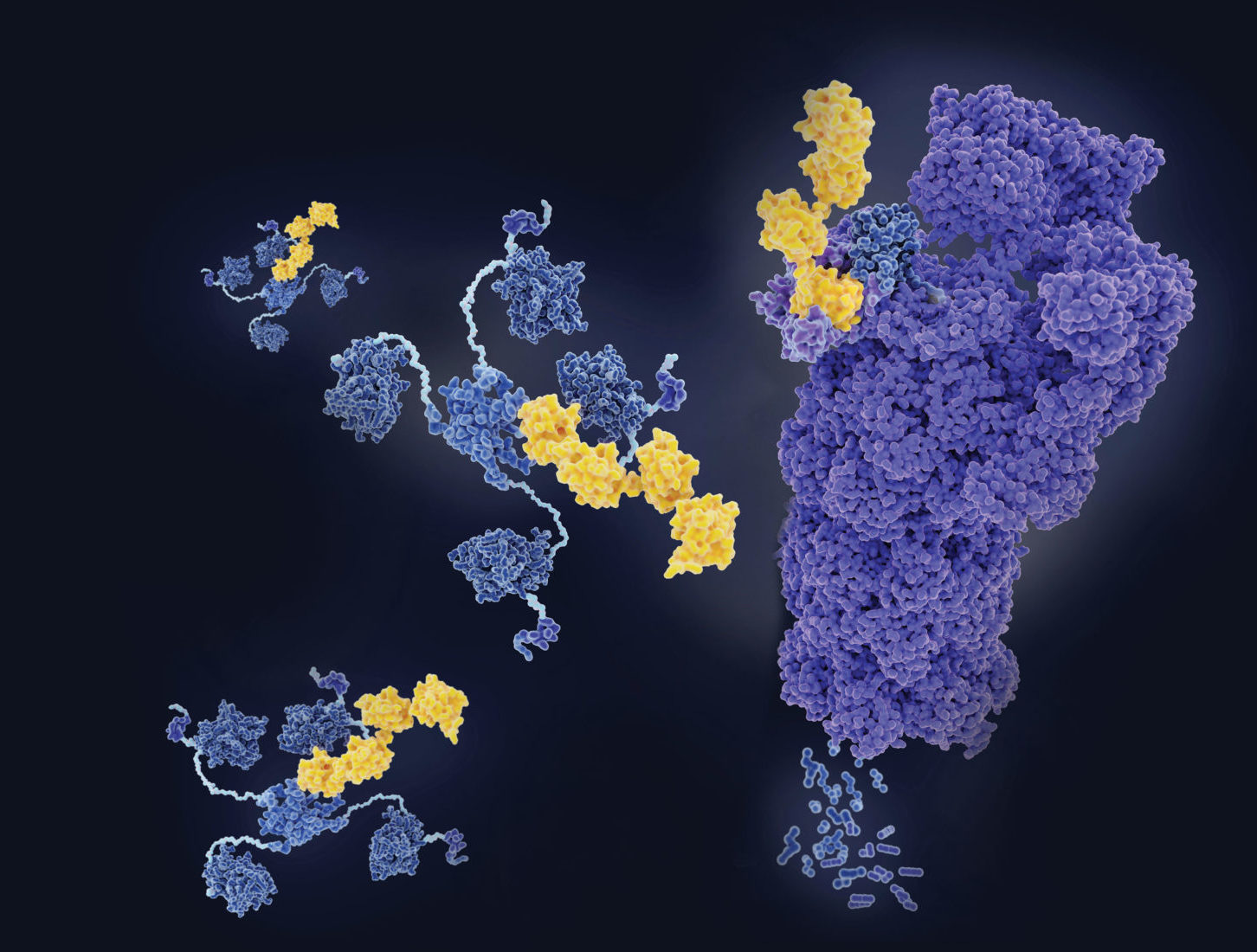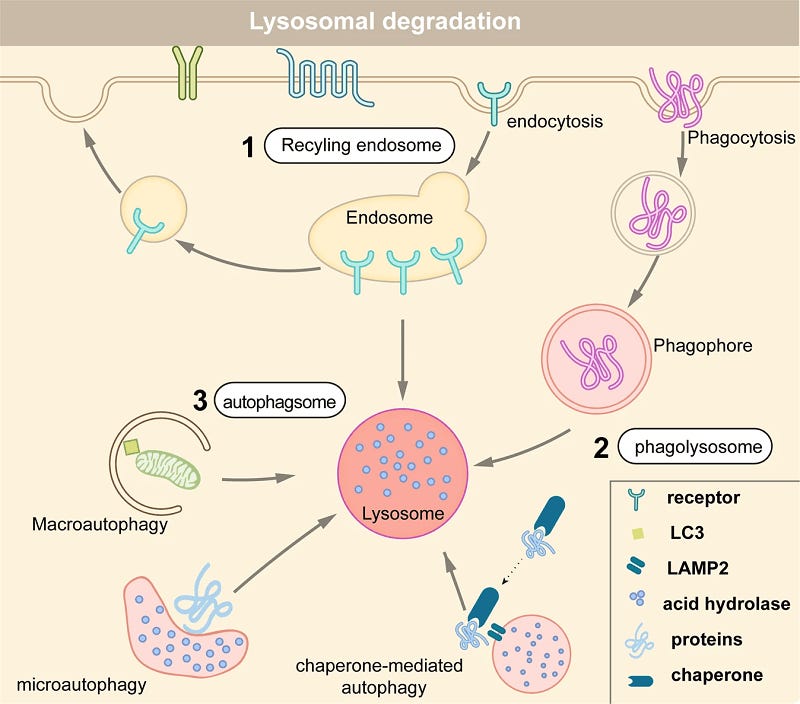BIOS: Nucleus of Life Science Innovation 🚀
JOBS
BIOS Talent: Find Jobs @ Breakout TechBio Startups — Search Jobs 🚀
Post Jobs: Add Your Startup to BIOS Talent — Post Now 🎉
Students: Join Alix Ventures Fellowship — Join Now 🧬
BIOS Contributor: Share Your Thought Leadership — Join Now🔬
CONTENT & COMMUNITY
BIOS Daily: Join 25K+ Subscribers Following TechBio — Sign Up 🔥
BIOS Insider: Premium TechBio Thought Leadership — Sign Up ✨
BIOS Commons: World’s Largest #TechBio Community — Join Now 🎉
INVEST
BIOS Angels: 1st TechBio Angel Investing Syndicate — Join Now 🌟
Alix Limited: Invest in Breakout TechBio Startups — Learn More 🧠
By:
Alix Ventures: Supporting Early Stage Life Science Startups Engineering Biology to Drive Radical Advances in Human Health
🌐 Introduction
In the last two decades, targeted protein degradation has emerged as an exciting new modality. Rather than just inhibiting the activity of a protein, targeted protein degradation (or TPD) completely eliminates the protein altogether by hijacking the built-in recycling mechanisms in cells. TPD has the potential to drug the estimated 85% of proteins (including transcription factors and scaffolding proteins) that are out of the reach of small molecules and antibody drugs. TPD therapeutics mainly have focused on hijacking the cell’s Ubiquitin-Proteasome system to degrade short-lived proteins. Newer techniques have centered on utilizing the Lysosome to degrade long-lived proteins, insoluble protein aggregates, organelles, and even bacteria and viruses.
Due to its potential to degrade the “undruggable”, interest in TPD has exploded in the past few years. Nearly all major pharmaceutical companies have a TPD program and there are currently 12 TPD therapeutics in clinical trials currently, a number that is rising steadily. However, current approaches to TPD often use large and heavy molecules that have limited oral bioavailability which may diminish their effectiveness, especially in places like the central nervous system. Understanding how to rationally design TPDs, especially small molecule molecular glues will also be necessary for TPDs to be developed for a wider range of targets. Pursuing emerging technologies that leverage other degradation mechanisms like the lysosome or utilize new degradation enzymes may also be the key to developing TPDs with better drug-like properties and a wider range of potential targets. Companies that can take advantage of these new technologies to rapidly and rationally develop highly specific, orally bioavailable TPDs for a variety of potential targets including misfolded proteins, membrane or extracellular or even viruses and bacteria will be well-positioned for success.





